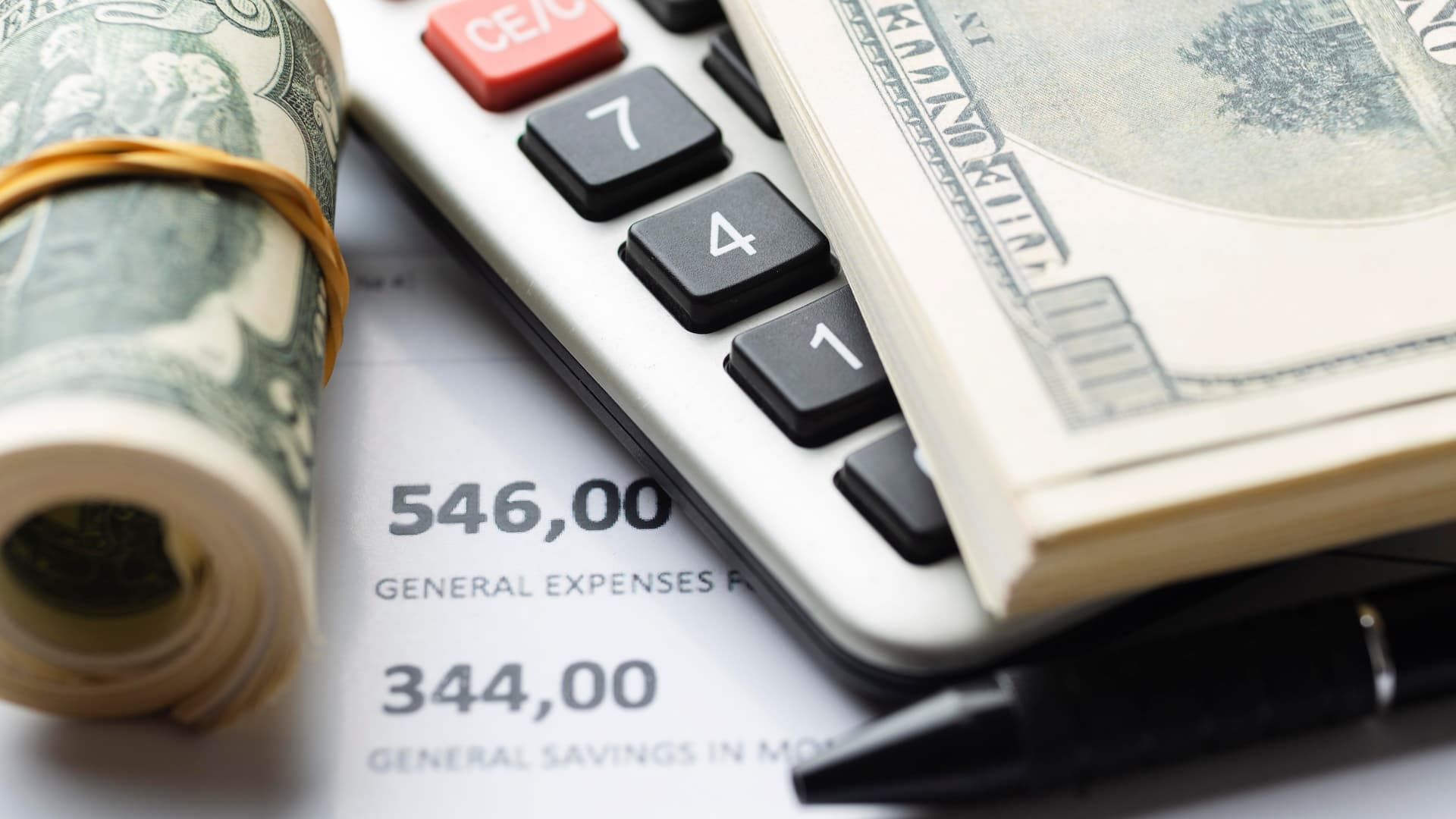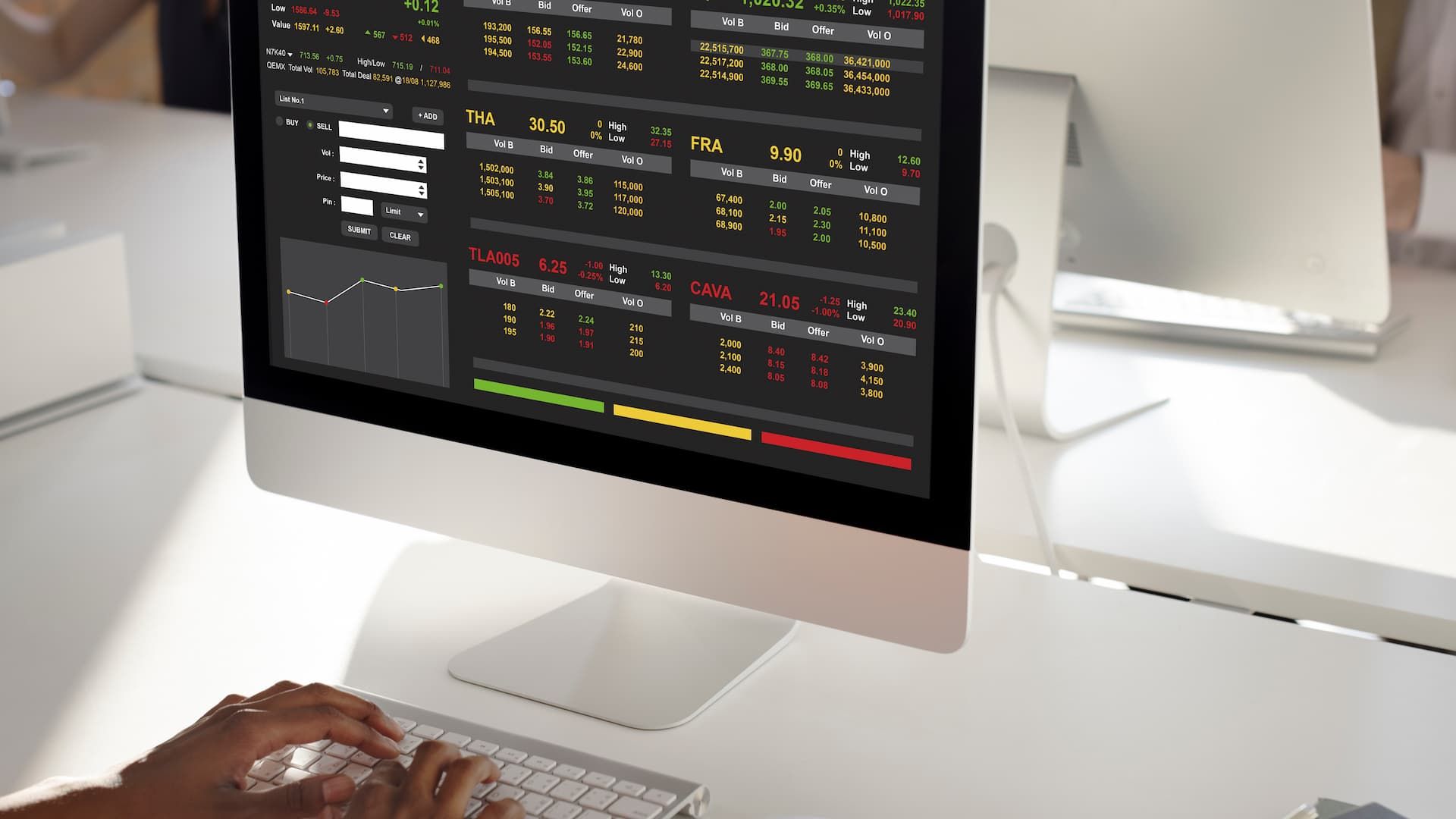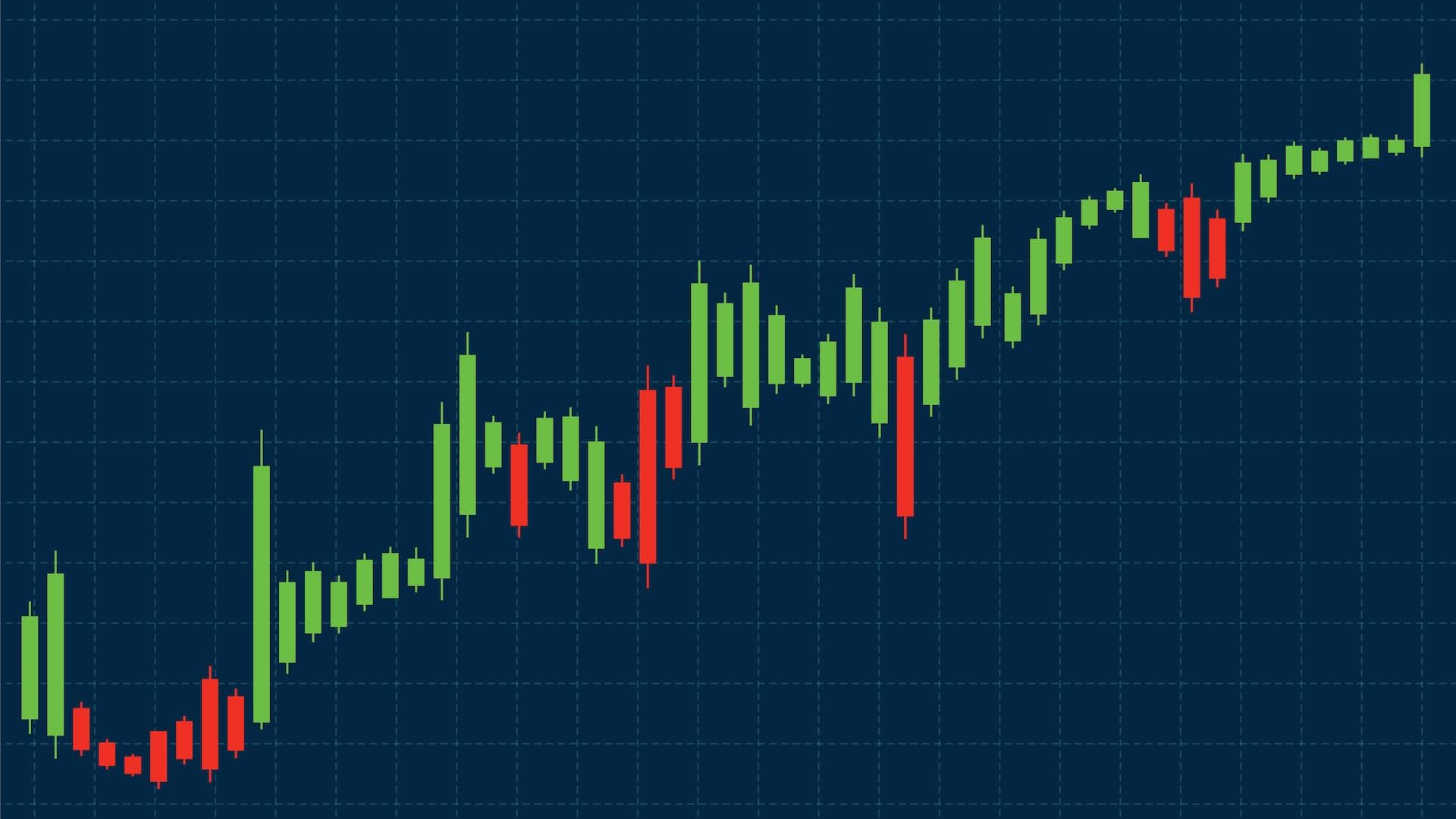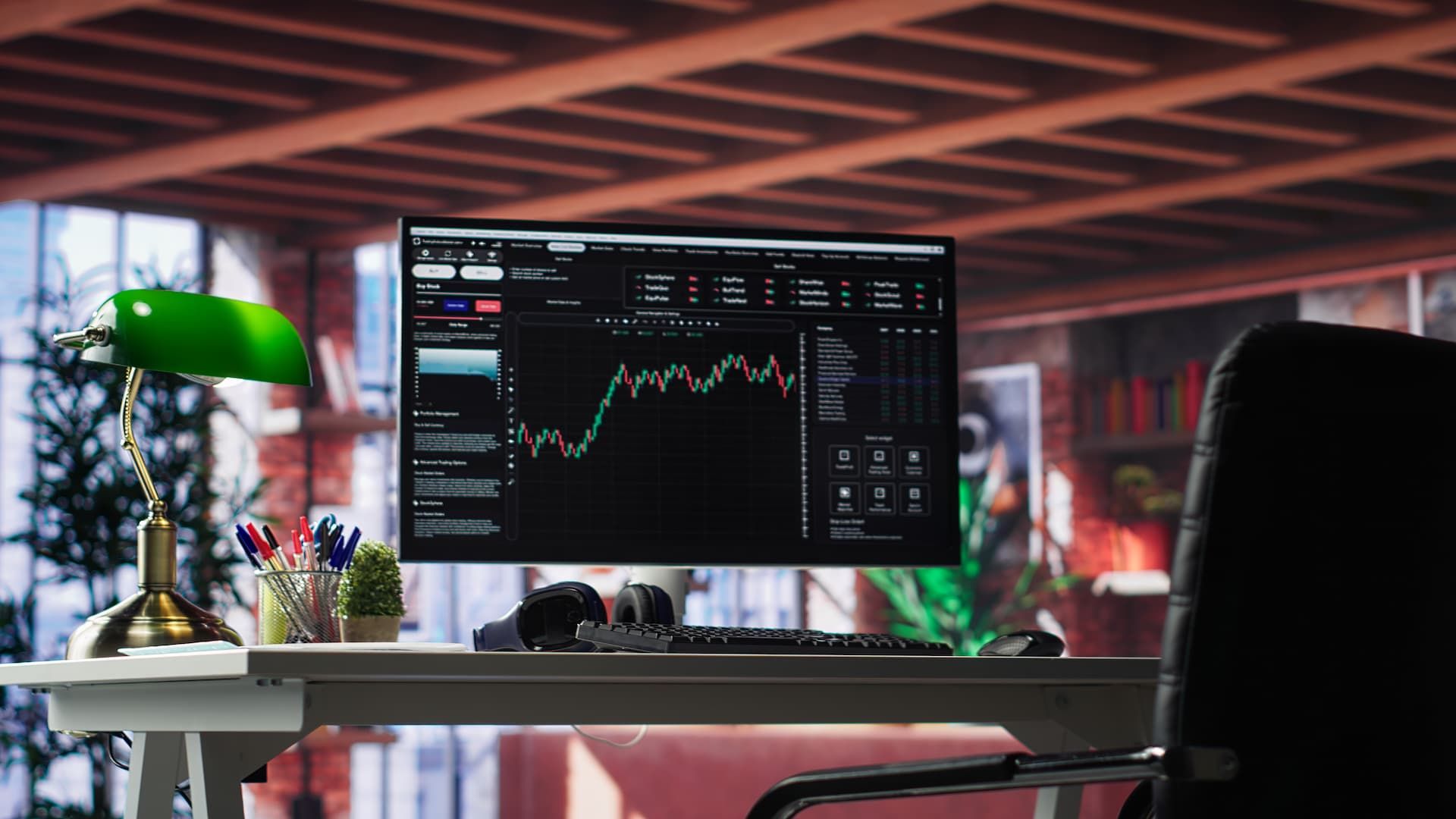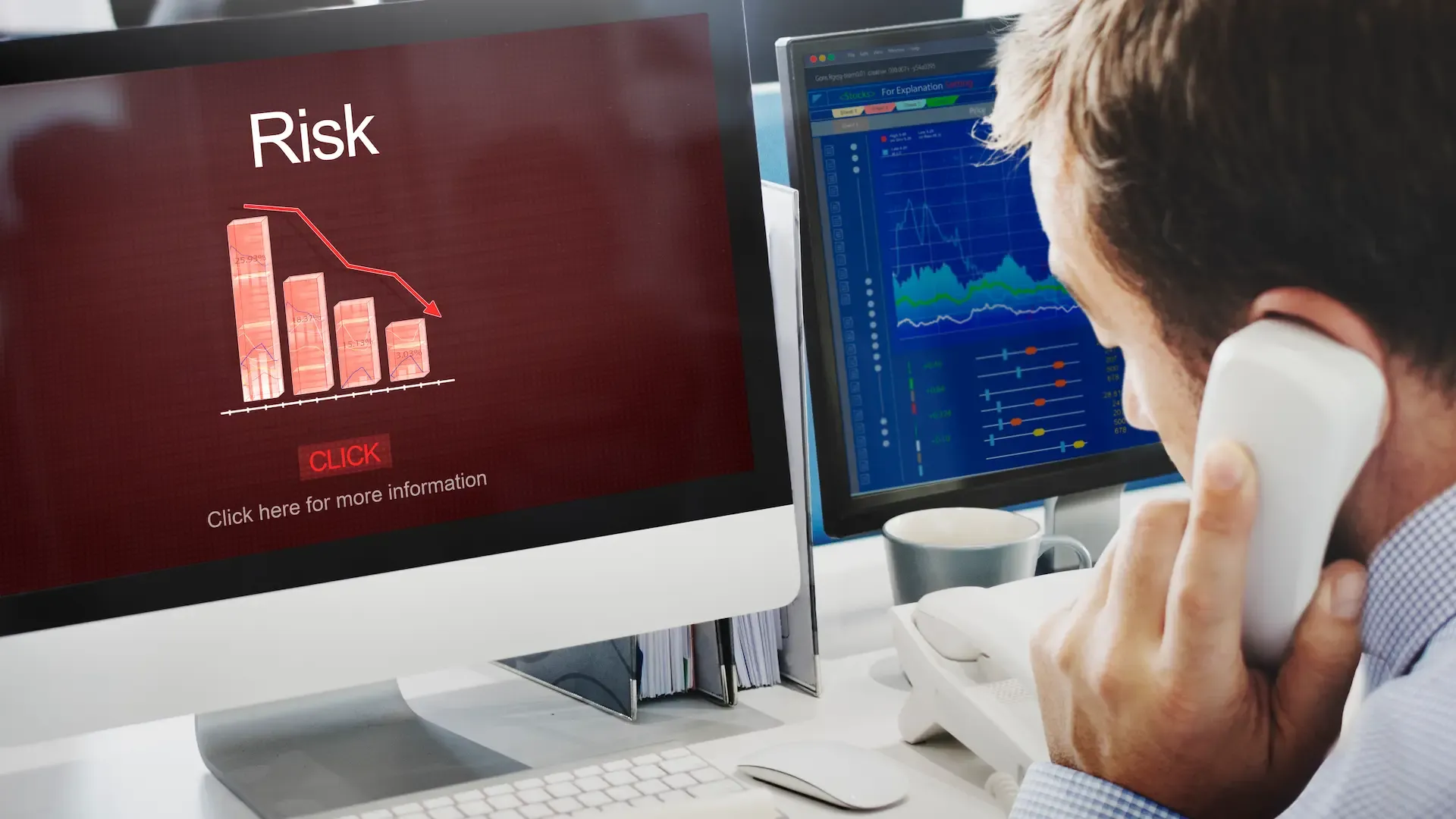If you’ve ever stepped into the financial markets, you already know the charts aren’t the biggest challenge. The real battle happens in your head while you execute your trading strategy . Numbers, indicators, and signals matter, but emotions like fear and overconfidence often sneak in and take the wheel. They can push you to act too early, too late, or against your own trading plan, often leading to excessive risks .
Think about it. You might spend weeks building a trading strategy, practicing on a demo account, and studying market trends. Then, in a single moment of panic or overconfidence due to psychological factors , all that preparation can fall apart. Fear shows up when volatility spikes and prices move faster than expected. Overconfidence comes in quietly after a streak of wins, convincing you that risk management rules don’t apply anymore. Both can undo months of progress if you’re not careful.
The Role of Emotions in Financial Markets
Why Emotions in Trading Matter
Trading psychology isn’t something extra. It’s at the center of almost every decision you make. When markets move slowly, sticking to your plan feels simple, but emotional patterns can complicate that . But when prices jump in seconds, logic gets pushed aside. Fear convinces you to close trades too soon. Greed tempts you to keep holding onto losers, waiting for a miracle reversal.
This is exactly why trading is not gambling. In gambling, whether it’s horse racing or a casino game, the odds are set and chance rules the outcome. In trading, you’ve got tools historical data, chart patterns, and technical analysis to tilt the odds in your favor. Still, emotions can throw all of that out the window. The successful traders who last are the ones who treat emotional control as a skill, not just a side note.
Emotional Risks Every Trader Should Recognize
There are three emotional traps that most traders fall into at some point: fear, overconfidence, and revenge trading. Fear can freeze you, cause panic selling, or make you avoid trades altogether. Overconfidence tends to show up after a few profitable runs. Suddenly, you think you can’t lose, leading to excessive risk taking, which negatively impacts your trading performance as you take bigger risks and skip stop loss orders. Revenge trading is the dangerous urge to win back money quickly after a loss, usually leading to poor setups and bigger losses.
Recognizing these patterns is half the battle. The difference between amateurs and skilled traders isn’t that the pros don’t feel fear or overconfidence it’s that they have systems in place, including identifying emotional patterns, to keep those emotions from driving their trades.
Understanding Market Psychology
How Market Volatility Triggers Emotional Reactions
Volatility is an emotional minefield. A sharp price drop can spark panic selling, while a sudden rally may push you to add more money to a trade you shouldn’t. Neither reaction is grounded in analysis. They’re knee-jerk emotional moves.
Markets will always react to central bank decisions, breaking news, or global events. You can’t control that. What you can control is your preparation. Traders who set stop loss orders and plan exits ahead of time can ride out these moments more calmly than those reacting with emotion in the heat of the moment.
Fear and Greed in Trading Decisions
Fear and greed drive more trades than any technical indicator ever will. Fear pushes traders to take profits too soon or avoid opportunities altogether. Greed keeps them locked into losing positions, hoping the market will magically reverse. Both are costly and detrimental to your overall trading success .
Picture this: the US dollar starts climbing against the Japanese yen. Fear might make you close your trade early, cutting yourself off from further profit. Greed could make you double your position right before the trend flips the other way. Either way, emotion beats reason, and the result is usually the same - losses.
Managing Emotions Effectively
Practical Tips for Managing Emotions Under Pressure
Managing emotions takes practice. A trading journal is one of the simplest tools you can use. Write down why you entered the trade, what the market did, and how you felt while it happened, emphasizing the importance of trading journal maintaining . Over time, patterns jump out at you - maybe you panic when volatility spikes, or you overtrade after a win, revealing your trading behavior .
Setting stop loss orders and profit targets before entering trades also helps. They act like guardrails, so you’re not making decisions in the middle of a storm. And here’s something many beginners forget: losses are part of the game. Accepting that early reduces panic and helps you focus on the bigger picture instead of one trade.
The Importance of Emotional Intelligence
Emotional intelligence is about knowing how you react - and adjusting before those reactions cost you money. If losing positions stress you out, trade smaller or use trailing stops. Emotional intelligence also means recognizing how other market participants' investor behavior affects market dynamics. If you can spot panic or euphoria in the crowd, you gain an edge by staying calm while others lose control, thus avoiding emotional impulses .
That’s why professional investors talk about emotional intelligence so much. It helps them make rational choices during chaotic periods instead of giving in to the crowd’s emotions, enhancing their decision making process .
Building Habits to Manage Emotional Biases
Habits create discipline. Things like trading at the same time each day, limiting your trades per session, and avoiding revenge trading make it easier to keep emotions in check. Over time, those small habits build consistency.
Platforms such as 24Markets.com can help here. With demo accounts and training resources, they give you a safe space to practice without risking your capital. That way, by the time you step into live markets, you’ve already built the muscle memory to trade with discipline.
Recognizing Emotional Biases in Trading
What Are Common Emotional Biases?
Biases creep into trading quietly, but they do damage. The most common are confirmation bias, overconfidence, and loss aversion. Each one nudges you away from objectivity.
Confirmation Bias in Trading
This happens when you only pay attention to information that supports what you already believe. For instance, if you’re convinced a stock will rise, you might ignore financial news or chart signals showing weakness. Instead of cutting losses, you hold on. That mistake often turns small losses into big ones.
Overconfidence and Its Impact
Overconfidence often comes after a streak of wins. Suddenly, you feel unstoppable. You start increasing trade sizes or skipping stop losses. The problem is that markets don’t care about your confidence and can lead to poor decision making . One sharp move against you can erase weeks of profits in minutes.
How to Manage Emotional Biases in Daily Decisions
The best shield against bias and to ensure objective trading decisions is structure. A trading plan with clear entries, exits, and risk limits makes it harder for emotions to take over. Reviewing past trades honestly also helps highlight when emotions led the way. Many traders balance technical and fundamental analysis to avoid leaning too heavily on one perspective. This cross-checking keeps decision making more objective.
Emotional Triggers in Trading
Common Emotional Triggers to Watch Out For
Some triggers are obvious: sharp price swings, breaking news, or sudden spikes in trading volume. Others are subtle, like seeing hype on social media. All of them can tempt you to ditch your plan. The key is spotting which ones affect you most and preparing responses - whether that means stepping away from the screen or tightening your stop loss.
The Fear of Missing Out (FOMO) Explained
FOMO is the heavyweight of trading triggers. It strikes when you see a big market move and feel you must jump in before it’s too late. Sometimes you get lucky. Most of the time, though, you end up entering late and taking unnecessary risks. The truth is, markets will always give you another chance to spot potentially profitable trades . Missing one setup won’t ruin your career. Chasing after it without thinking just might.
Developing Discipline in Risky Environments
Balancing Rational Thinking with Emotional Control
Trading is about balance. You need analysis, but you also need emotional discipline. Market volatility will test your patience. Traders who stick to stop losses, realistic profit targets, and proper position sizing have the tools to stay rational when things heat up.
And remember, discipline sometimes means not trading at all. Walking away when conditions don’t match your plan can be the smartest move of the day.
Continuous Practice for Long-Term Success
Discipline takes time. Reviewing your trades, tracking your emotions, and adjusting based on those lessons builds emotional resilience. A journal is one of the best tools for this, since it forces you to face your decisions honestly and impacts your future decision making .
Platforms like 24Markets.com give traders demo accounts, live data, and learning resources. Using these tools lets you practice discipline before real money is on the line, making it easier to stay steady once you step into the live markets if you follow risk management rules .

